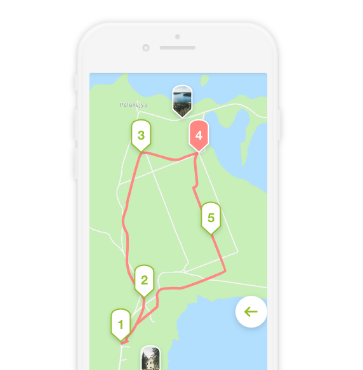In 1838, first efforts were made to set up a gymnasium in Šiauliai. In 1845, the Tsarist government finally allowed to move the Svisočė gymnasium, located near Gardinas, to Šiauliai and Šiauliai noblemen’s school, to Svisločė. In 1851, the opening ceremony of Šiauliai gymnasium took place.
The gymnasium was maintained for public funds and students’ contributions – taxes amounting in 4 roubles, collecting up to 10 thousand roubles per year. From its opening till World War I, it was called “Šavelskaja mužskaja gimnazia”. It was a Russian educational institution; all general education subjects were taught in Russian there. Despite strong policy of Russification national revival ideas matured in the gymnasium and many students who started their public activities at the gymnasium later became well-known Lithuanian people.
During World War I, the gymnasium was moved to the depth of Russia. In 1920, the gymnasium became state-owned and was called Šiauliai state gymnasium. In 1944, the burned building was restored and in 1947, the gymnasium was reorganized into the secondary school. In 1946, it was named J. Janonis secondary school. Since 1954, it has been both for girls and boys. In 1965, it was granted a humanitarian profile.
As many as four graduates of Šiauliai Gymnasium – Mykolas Biržiška, Jonas Vileišis, Steponas Kairys and Alfonsas Petrulis – were among twenty signatories of the Lithuanian Independence Act signed on February 16, 1918.






Reviews